Decay time waterfall graphs and frequency response charts are tools to measure the acoustics of a room. This article looks to demystify and explain what these graphs and charts really mean.
Most of us have seen frequency response charts before – maybe when looking to purchase a new microphone or a new set of speakers. But anyone that has listened to many speakers can tell you that the frequency response pictured in your manual or on the back of your speakers never really gives you much of an idea on what the speaker sounds like. Similarly, viewing the measured frequency response of a room doesn’t tell you much about how the room sounds. When someone suggests a room sounds “boomy”, “weak”, “boxy”, “reverberant”, “dead”, or “live” – they aren’t referring to the frequency response of the room, but instead referring to the decay times in the room. “Decay times” are a measure of the time sound takes to diminish at different frequencies. Looking at waterfall graphs (or other similar graphs) can give you a much better idea of what the room actually sounds and feels like than frequency response alone, and can give you a great insight on what you need to treat the room.
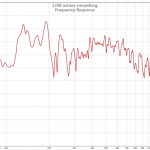
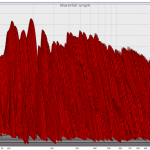
The Waterfall Graph gives us more information than Frequency Response Chart.
Decay times show us what happens in what we call the “time domain” – simply put: decay times illustrate what sound does in a room after the initial sound is played from speakers. Certain bass problems in a room like room modes and standing waves cause certain bass notes to resonate or “ring out” in a room. In other words, the sound is still present in the room even after the speakers stopped producing it. In a typical room, multiple bass notes will resonate past a half second. There are similar high frequency problems in rooms as well, like flutter echo. Flutter echo is that annoying “ping” that you can hear when you clap your hands, and it is present anywhere there are two parallel hard surfaces. A clap is quite a short sound, but the echoes stay in the room for a much longer period. Flutter echo and room modes are both examples of problems that happen in the time domain, and we can examine their effects with waterfall graphs.
We mentioned the terms some people use to describe a room like “dead” or “boomy”, but what do these terms mean? Untreated or improperly treated rooms have longer decay times at certain places, and shorter decay times at others. Imbalances of these decay times can sound strange and uncomfortable. For example, a room with long decay times in the bass range can sound “muddy” or “boomy.” Instead of hearing the bass for what it is, it just sounds as if the bass is wet with reverb, making different notes smear together. Muddy rooms make it difficult to distinguish notes clearly. Take a look at the decay time of a room that is treated with carpet, blankets, or foam on the wall. Treatments like these shorten the decay times of treble only, leaving us with imbalanced decay times, furthering us from an accurate and comfortable room. Rooms where the high end dies out quickly are usually noted as sounding “dead” or “muffled”.
Controlling decay times is important for anyone interested in improving their room acoustics. In a home theater setting, controlling decay times is important for clarity of dialogue, clearing up the low end to give your sub more impact, and alleviating localization problems common with surround sound systems. In a two-channel listening room (or any general listening space), controlling decay times is important for bringing out the exact sound of your speakers, so you can hear the reverb that was recorded with the crisp hiss of a ride cymbal or the body of a resonant cello with the least amount of artifacts from the room. In broadcast and education, speech intelligibility is extremely important. The reverb of a large hall, the resonation of a small recording area, or the flutter echo in a classroom are all damaging to vocal frequencies and need to be controlled for clear and concise speeches, lectures, and interviews. Audio engineers in control rooms and post-production rooms need to be able to hear the sounds, instruments, and vocals they are mixing clearly. Without controlling decay times, it is easy to over- and under-compensate with compression, EQ, effects, and end with a product that just doesn’t translate well to other systems. Recording engineers know they have to record the exact sound they want on the record, which needs to be free of any unwanted reflections and resonances.
Listen to the recorded audio of two different songs in the same room, each recorded once before treatment and once after treatment. Audio comparison of untreated and treated room. Notice how the long decay times effect the clarity of the low-, mid- and upper- frequencies.
There are many types of acoustic treatments, and they all affect decay times differently. Broadband absorbers like our GIK 242 Acoustic Panel, GIK 244 Bass Trap, GIK Monster Bass Trap, GIK TriTrap, and GIK Soffit Bass Trap work over a wide range of frequencies and will reduce decay times from bass up through to the treble range. Thicker broadband panels will work to a lower frequency. If wide control is needed, but the high range doesn’t need as much absorption, the GIK Scatter Plate can be added onto most of our broadband absorbers to reflect & scatter hi-mids and treble, giving you further control of your decay times. Tuned bass traps, like our GIK Scopus Tuned Bass Traps, can be used to reduce decay times of specific frequencies, so we can dampen any specific modes and resonances without affecting the rest of the room.
The following waterfall graphs illustrate decay times of a room before and after treatment.
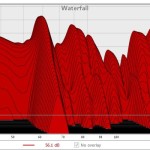

Diffusors serve a different function than absorbers, but their use can still relate to decay times. Flutter echo and other harmful reflections need to be dealt with, but in some rooms absorption would make decay times further imbalanced. Diffusors allow reflections to be spread out with very little to no absorption, meaning we can achieve controlled acoustics while preserving decay times from mids and up.
In general, frequency response can give us some clues, like nulls that need to be dealt with, but decay time graphs give us a much better view into the room and the problems that need to be addressed. Controlling decay times are important for any room to be comfortable and workable. Many GIK Acoustics products were designed with the importance of decay time control in mind, and are tested to ensure you know exactly where they perform best.
At GIK Acoustics, we strive to bring solutions for any room while meeting all of your needs and preferences at an unbeatable price. Complete our Acoustic Advice form for free personalized recommendations for your room today!






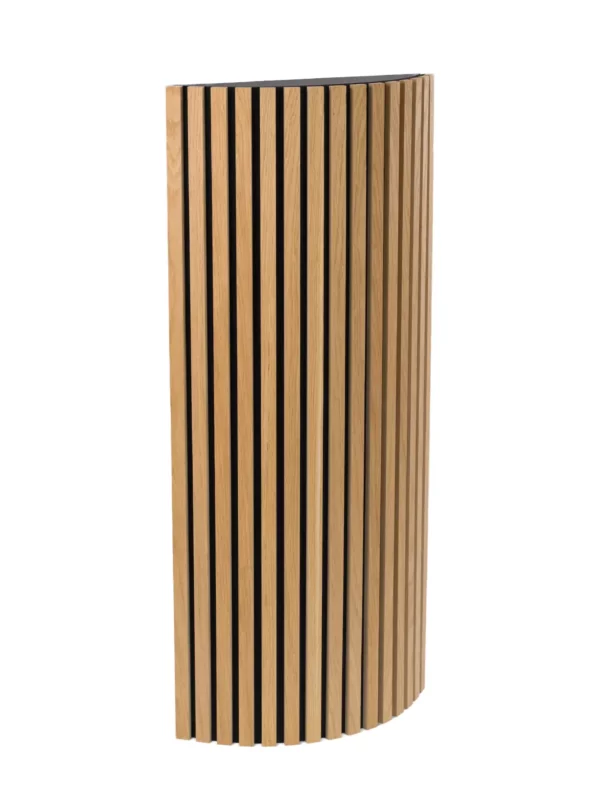





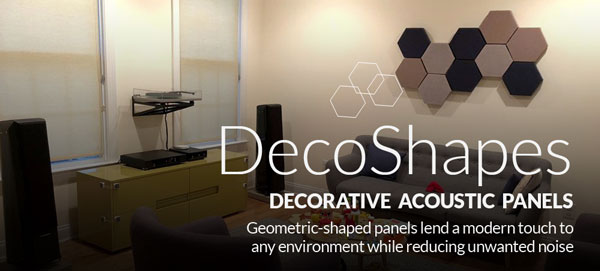
















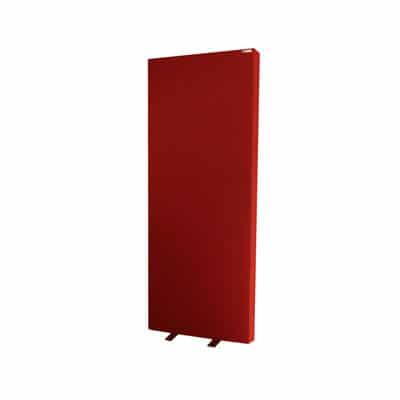







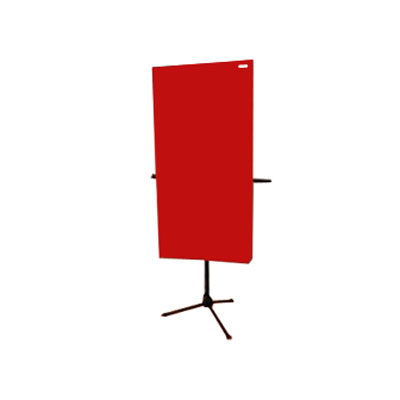
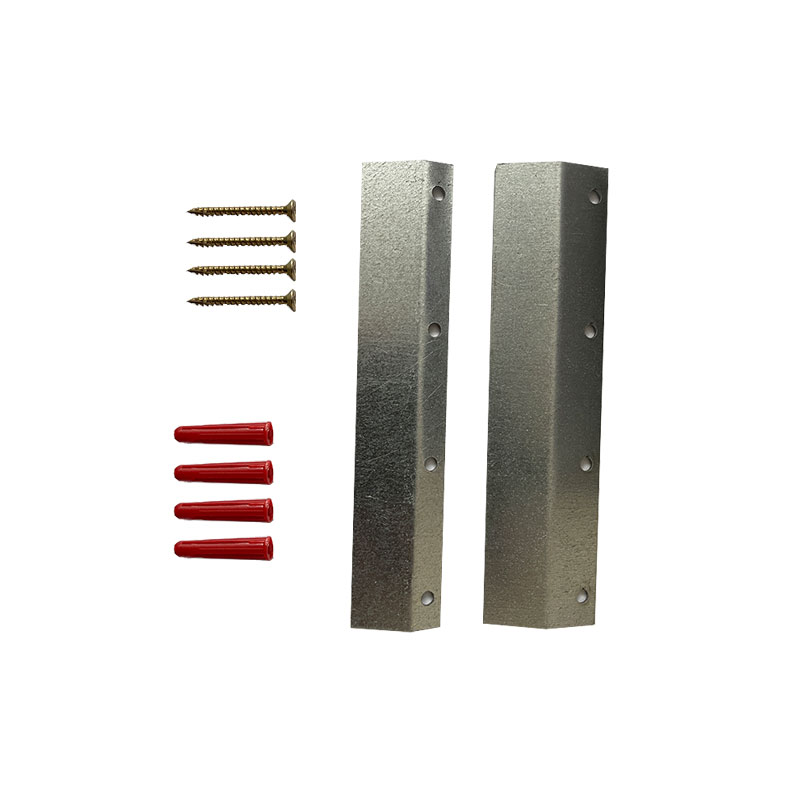










We are hiring – Room Designer Position Available
[...]
Designer Tips: The Significance of “Clouds” with Mike Major
When people reach out to us at GIK for acoustic advice, we never have any [...]
Jun
Designer Tips: The Importance of Coverage Area with James Lindenschmidt
The most important factor in acoustic treatment performance is coverage area. Or more specifically, the [...]
May
Designer Tips: Home Theaters and Acoustic Balance with John Dykstra
Without fail, one of the first things our clients say to us when we begin [...]
May
Black Friday Cyber Monday Sale 2021
[...]
Nov
GIK Acoustics Releases Stylish Vocal Isolation Booth
ATLANTA, GA (June 3, 2020) – We announced the debut of a new portable sound [...]
Aug
New Thicknesses for DecoShapes Hexagon Acoustic Panels
We have just introduced more thicknesses for our DecoShapes Hexagon acoustic panels. From thin 1 [...]
Aug
GIK Giveaway Summer Photo Contest 2021
The GIK Acoustics Summer Giveaway Photo Contest 2021 invited customers to submit photos illustrating how [...]
Jun